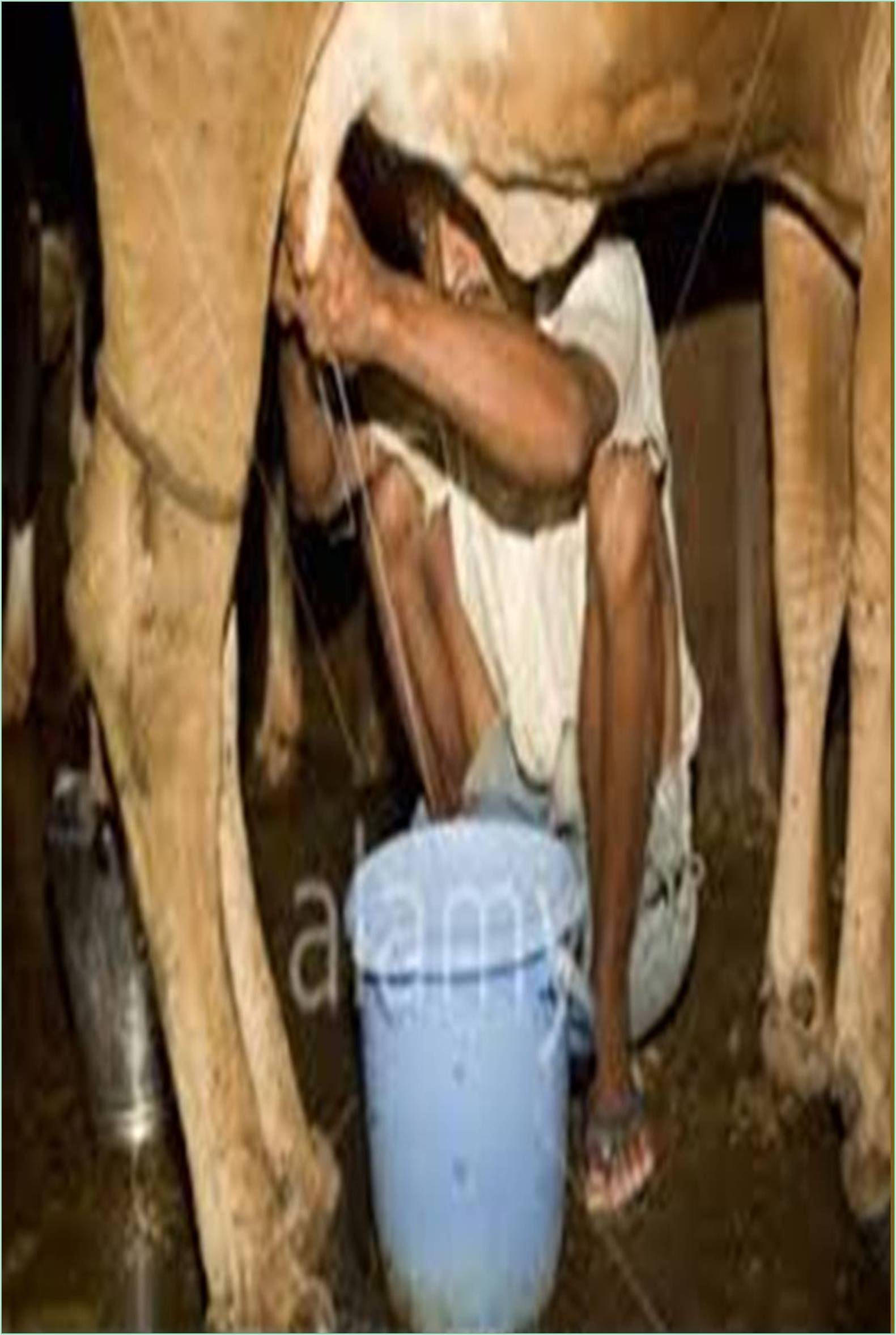



Received: 01-Jul-2022, Manuscript No. GJDFM-22-73190; Editor assigned: 04-Jul-2022, Pre QC No. GJDFM-22-73190 (PQ); Reviewed: 21-Jul-2022, QC No. GJDFM-22-73190; Revised: 29-Jul-2022, Manuscript No. GJDFM-22-73190 (R); Published: 05-Aug-2022, DOI: 10.15651/2449-1861.22.7.074
The dairy industry must maintain productivity and competitiveness in the rapidly expanding milk market, which calls for a substantial amount of milk and a wide variety of dairy products in the food market, as well as preferences of the final food consumer that differ noticeably based on patterns of consumer behavior by demographic categories, culture, and socioeconomic variations in the human population in the food market. Customers want milk products that are available in a wide variety and are safe and healthful. This fact has an impact on how consumers are informed about the health and nutrition benefits of milk products prepared from raw milk (Agabriel et al., 2007).
When milk is drunk without being pasteurized, it serves as a significant source of bacteria that can be harmful to human health. In the early years of human existence, milk and dairy products are a significant nutritional fact in the diet of the adult population. The protection of land resources, animal welfare, and dairy cattle husbandry quality are their top goals, according to the sustainable production system, which also emphasizes keeping a productive, healthy cow herd to provide high-quality milk. Offering high-quality milk and safe dairy products in the marketplace is one of the milk industry's global duties for reducing the development of food-borne diseases in the populace (Bauman et al., 2018).
The Cause of Contaminated Milk
The market for milk demands and provides safe, high-quality products, preventing a source of contamination by using excellent hygiene habits to lower the risk of exposure to food-borne diseases and chemical milk residues. The mammary gland takes role in the excretion of a wide range of xenobiotic chemicals, including contaminants from milk and other chemical residues, veterinary medicine milk residues, and environmental pollutants on grasslands, animal feedstuffs, and field crops (Cremonesi et al., 2005).
In cow dairy farms, the existence of residual concentrations of milk pollutants and pathogens is a sign of the quality of the milk. It is possible to quickly learn about the condition of the udders, environmental infections, chemical residues in the milk, and antibiotic use by examining the raw milk bulk tank at the dairy farms. The influence of cow husbandry on animal welfare, feeding situations, herd hygiene practices, and milk composition are some of the topics that take into account the relationship between dairy cow production, milk safety, and dairy product quality. These topics include raw and pasteurized milk contamination as well as microbial aspects of the quality of milk and dairy products (Damm et al., 2017).
By using the appropriate sampling techniques required in the Control Analytical Methods for Milk Quality in Dairy Industry Management, the contaminating agents are tracked and monitored at the milk parlor, in the chilled milk tank, and the milk bulk tank on platform. are having an impact on milk production, dairy products, and aspects of milk quality and food safety. Zoonosis and food-borne illnesses are top priority in public health programs in many nations affected by the climatic change phenomenon. One of the surveillance tasks is to look for infections spread by raw milk and unpasteurized fresh dairy products.
The monitored farms' richness in sesquiterpenes, betacarotene, lutein, and vitamin E during the winter season is a crucial property of the milk produced during grazing. In comparison to milk from producers whose herds are fed diets high in concentrate, corn silage, and pasture, these circumstances should have a significant impact on the physicochemical milk profile of the bulk raw milk tank at dairy farms (Murinda et al., 2002).
Microorganisms found in the teat canal and on the surface of the teat skin have an impact on the microbiological analysis of raw milk. The environment in the milk parlor, the surrounding air, as well as other environmental factors including living conditions, water supply, and during feeding all have a significant impact on the milk contamination. Other microbial contamination of milk is a possibility when it is stored for a long time at a low temperature. The spoilage bacteria and food-borne pathogens that are present in the raw milk bulk tank at the dairy farm, which are degrading the quality of the milk and posing an increasing risk to public health, are typically found in contaminated environments.
Agabriel C, Cornu A, Journal C, Sibra C, Grolier P, Martin B ( 2007) Tanker milk variability according to farm feeding practices: Vitamins A and E, carotenoids, color, and terpenoids. Dairy Sci. 90(10):4884-4896. [Crossref] [Google Scholar] [PubMed]
Bauman CA, Barkema HW, Dubuc J, Keefe GP, Kelton DF (2018). Canadian national dairy study: Herd-level milk quality. J Dairy Sci. 101(3):2679-2691. [Crossref] [Google Scholar] [PubMed]
Cremonesi P, Perez G, Pisoni G, Moroni P, Morandi S, Luzzana M (2005). Detection of enterotoxigenic staphylococcus aureus isolates in from raw milk cheeses in France. Lett Appl Microbiol. 41(3):235-241. [Crossref] [Google Scholar] [PubMed]
Damm M, Holm C, Blaabjerg M, Bro MN, Schwarz D (2017). Differential somatic cell count—A novel method for routine mastitis screening in the frame of dairy herd improvement testing programs. J Dairy Sci. 100(6):4926-4940. [Crossref] [Google Scholar] [PubMed]
Murinda SE, Nguyen LT, Ivey SJ, Gillespie BE, Almeida RA, Draughon FA (2002). Molecular characterization of salmonella spp. isolated from bulk tank milk and cull dairy cow fecal samples. J Food Prot. 65:1100-1105. [Crossref] [Google Scholar] [PubMed]